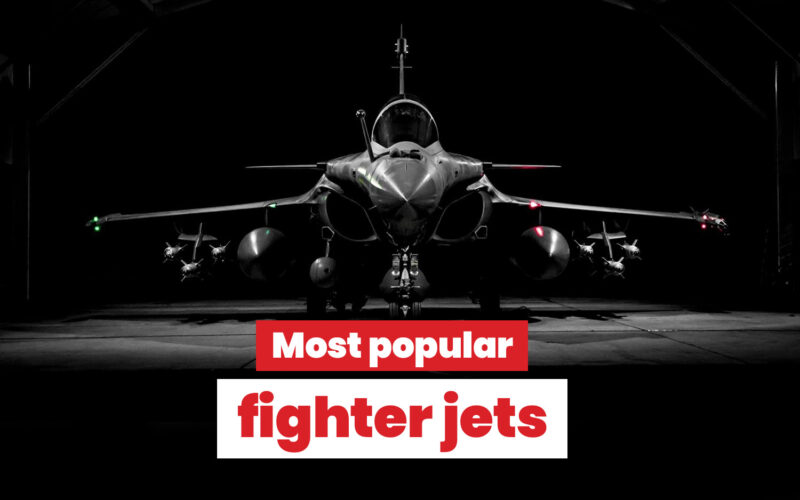Thousands of fighter jets will be in active duty across the world’s air forces in 2025, from cutting-edge 5th-generation models like the F-35 to relics of the 1970s such as the Sukhoi Su-24.
The 2025 World Air Forces Directory has tracked a total of 14,147 active combat aircraft around the world, with the help of Cirium’s fleets analyzer. While there may be some discrepancies in exact numbers given that the data was pulled in October 2024, the directory gives us a good overview of the most utilized models of fighter jets.
The most popular fighter jet in 2025 is the F-16 Fighting Falcon, with over 2,000 aircraft in active service. But other models are flown in their hundreds. Join us as we count down the top 10 most popular fighter jets in the world for 2025.
| Position | Type | Active aircraft |
| 1 | General Dynamics F-16 Fighting Falcon | 2,084 |
| 2 | Sukhoi Su-27/30/34/35 | 1,284 |
| 3 | McDonnell Douglas F-15 Eagle | 919 |
| 4 | McDonnell Douglas F/A-18 Hornet | 827 |
| 5 | Mikoyan MiG-29 | 788 |
| 6 | Lockheed Martin F-35 Lightning II | 712 |
| 7 | Chengdu J-7 | 650 |
| 8 | Eurofighter Typhoon | 533 |
| 9 | Sukhoi Su-24 | 399 |
| 10 | Dassault Mirage 2000 | 331 |
10. Mirage 2000 – 331
The Mirage 2000 took its first flight nearly 45 years ago, in March 1978. Designed by Dassault Aviation, the Mirage 2000 is a single-engine, multirole fighter jet built in France. It entered service in 1984 with the French Air Force and quickly became a key player in the air forces of multiple nations.
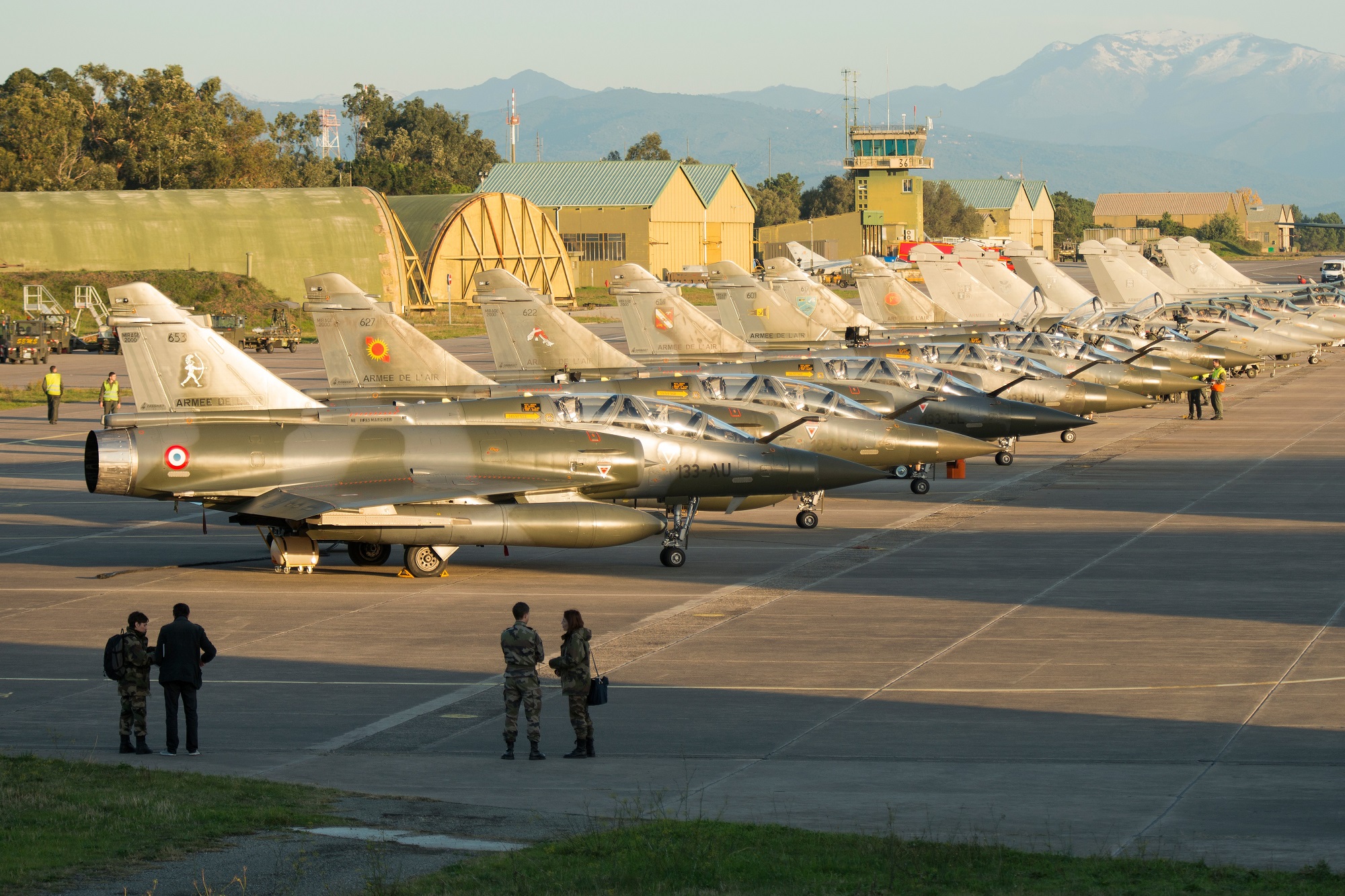
The Mirage 2000 has seen combat in several significant conflicts, including the Gulf War of 1991, the Kargil War between India and Pakistan in 1999, and NATO’s intervention in Kosovo in 1999. It has also participated in operations in Afghanistan, Libya, and Syria, showcasing its versatility in both air superiority and precision strike missions.
As of today, approximately 331 Mirage 2000 aircraft remain in service worldwide. France, the original operator, continues to operate over 87 of these jets, which are being gradually replaced by the Dassault Rafale. Other major operators include India, the UAE, and Taiwan, each of which operates around 44 aircraft in different variants. Smaller fleets are also found in countries such as Greece and Brazil.
Despite its age, the Mirage 2000 remains a formidable platform, with numerous upgrades extending its operational lifespan. Its iconic delta-wing design and combat-proven performance have cemented its legacy as one of the most iconic fighter jets of its generation.
9. Sukhoi Su-24 – 399
Known by its NATO reporting name of Fencer, the Su-24 was developed in the 1960s and took its first flight in 1967. Approximately 1,400 were produced between 1967 and 1993, and it remains in service with Syria, Ukraine, Algeria and several other forces.
Naturally, the biggest fleet is in Russia. The Russian Air Force flies 260 Su-24, while its naval arm has 36 for a total fleet size of 296. In the current Russia-Ukraine war, at least 39 of the type are thought to have been destroyed, 25 on the Ukrainian side and 14 from Russia.
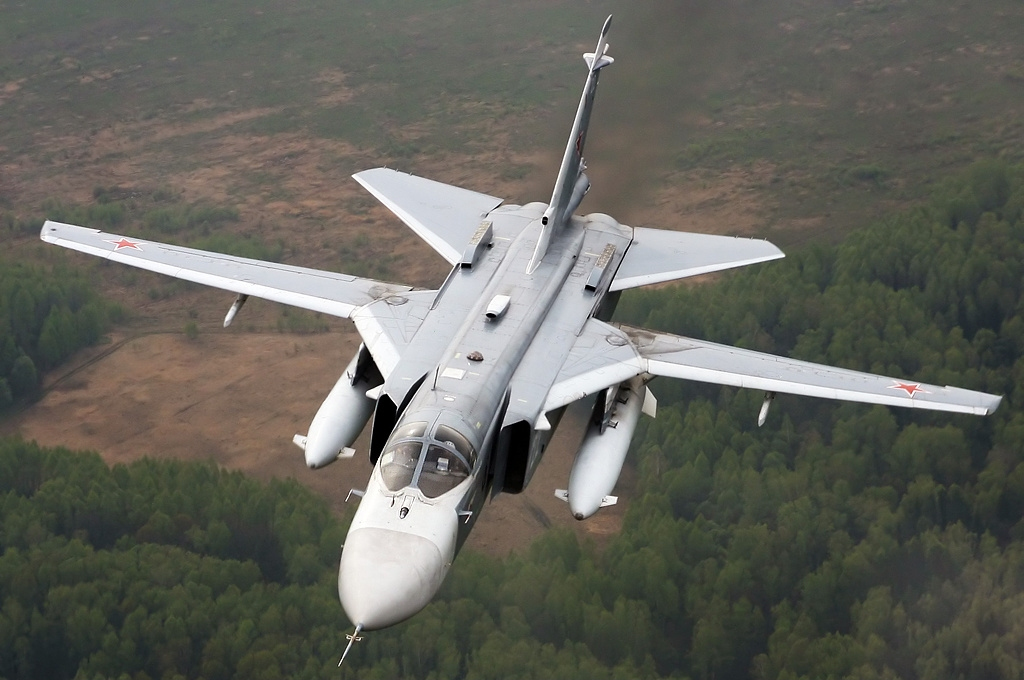
The Su-24 is a supersonic fighter jet, with an unusual side-by-side crew seating arrangement. It has twin engines with afterburners and, like the F-14 Tomcat, uses variable sweep wings for efficient flying and takeoff. Its fixed armament is a single fast-firing GSh-6-23 cannon with 500 rounds of ammunition and either two or four R-60 infrared missiles are usually carried for self-defence.
8. Eurofighter Typhoon – 533
The Eurofighter Typhoon is a competent multirole fighter with twin engines and a delta wing. Manufactured by a consortium of Airbus, BAE Systems and Leonardo, it’s a modern fly-by-wire jet with a glass cockpit and two Eurojet EJ200 engines, each capable of providing up to 60 kN of dry thrust and >90 kN with afterburners.
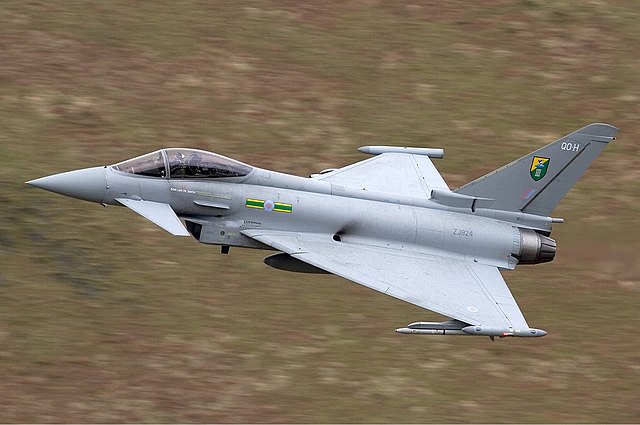
European countries like Austria, Germany, Italy, Spain and the UK all have significant fleets of Typhoons in their stables. However, the type has also been exported, and is in service with Oman, Saudi Arabia, Qatar and Kuwait.
Unlike several aircraft on this list, the Typhoon is still in production. According to Airbus, 680 have been ordered, with 603 already delivered. The 2025 World Air Forces Directory has tracked 533 in active service, putting this fighter jet in 8th place.
7. Chengdu J-7 – 650
Manufactured for almost 50 years, from 1965 to 2013, more than 2,400 J-7s have been built. Constructed in China, the People’s Liberation Army Air Force (PLAAF) still has the bulk of the active fleet, with 387 in service, plus 30 with the naval forces and three dozen as trainers.
The export version, known as the F-7, is in service with Bangladesh, Iran, Myanmar, North Korea and Pakistan, as well as several African forces. However, many of these are on the way out, with North Korea reducing its J-7 fleet by 90 aircraft in 2024 and Pakistan removing around 40.
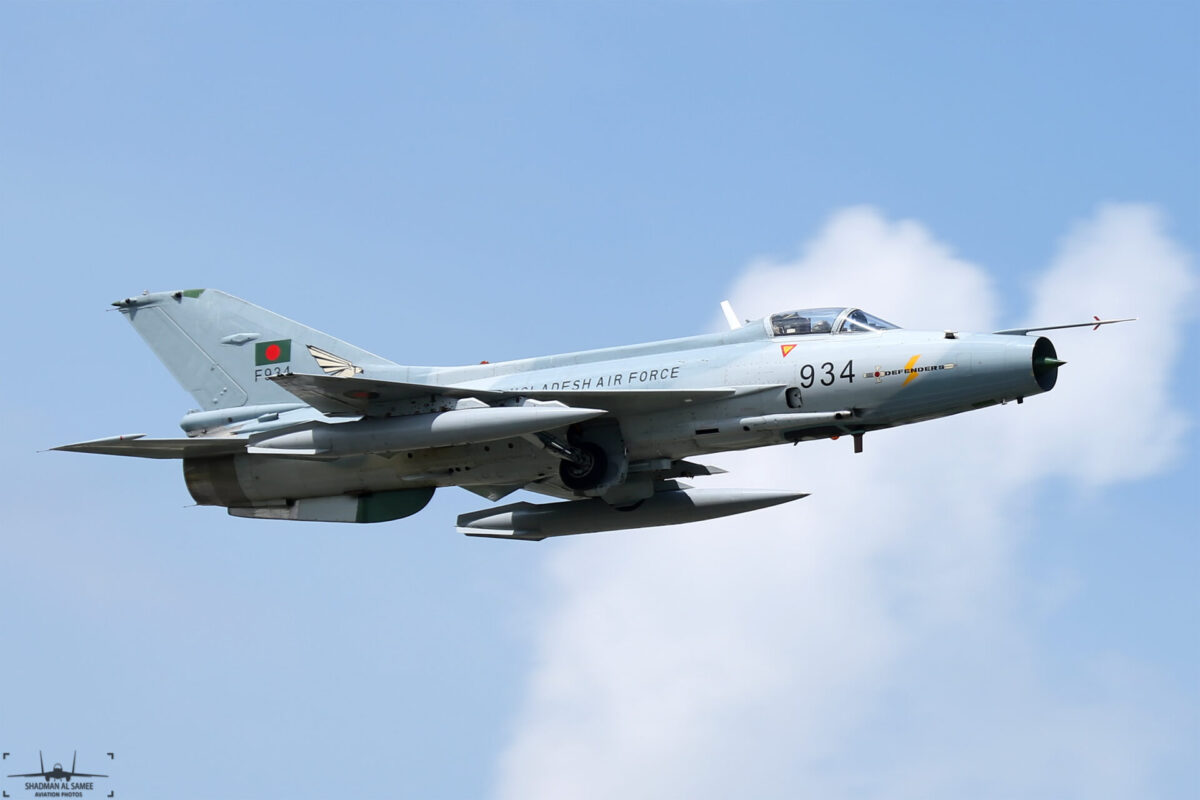
Does the J-7 look familiar? There’s a good reason for that. In the 1950s and early ‘60s, the Soviet Union shared a huge amount of technical documentation and intelligence with China. The results of this can be seen in the Shenyang J-6, which was engineered from the MiG-19. The Chinese were working on a re-engineering of the even more capable MiG-21 when relations between the two countries broke down and the J-7 project ground to a halt.
Unexpectedly, in 1962, Russia offered the technology transfer again, and allegedly delivered various parts, documentation and even completed aircraft to the Shenyang Aircraft Factory. However, the documentation was incomplete, and the Chinese designers had to reverse-engineer the aircraft.
The J-7 turned out looking quite similar to the MiG-21, but there are some differences. In particular, the hydraulic systems and internal fuel arrangements are different, and the cockpit was redesigned. But in terms of performance and appearance, there’s still a lot of the MiG in this Chinese fighter.
6. Lockheed Martin F-35 Lightning II – 712
The only fifth-generation fighter jet on this list, the F-35 was intended to replace earlier jets like the F-16 and the F/A-18 in various branches of the US military. It’s a successful export too, in service with air forces including Australia, Italy, the UK and South Korea. In line to take deliveries in the future are Canada, Singapore, Germany and Switzerland, among others.
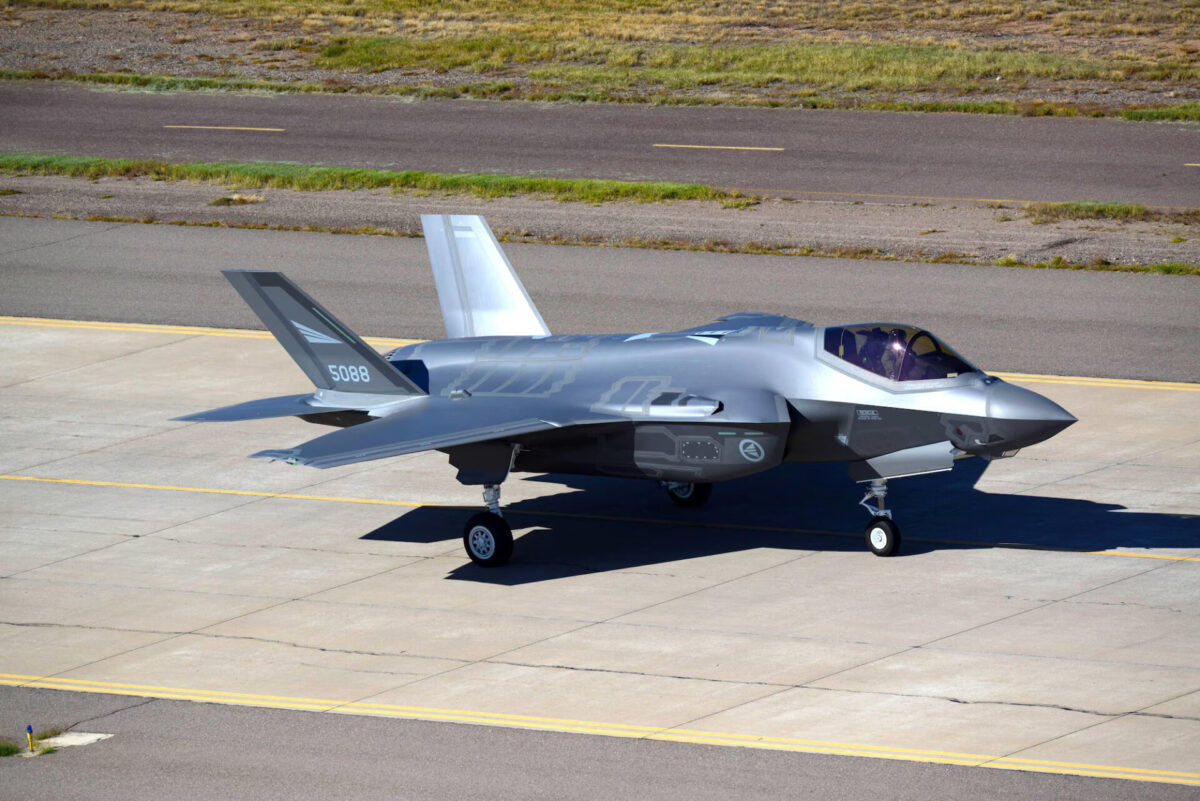
Although groundbreaking in many ways, initially the F-35 had a number of problems, and its development grossly exceeded its budget. However, with problems ironed out, Lockheed Martin has continued to ramp up production of the aircraft, and is currently capable of producing 156 per year.
The 1,000th aircraft was delivered in July 2024, according to Air and Space Forces. Lockheed is working on clearing a backlog of aircraft, which could take 12 – 18 months to complete. Lockheed expects to deliver 90-100 units in 2024, and as many as 180 in 2025. As such, we could see this 6th-placed aircraft rising up the ranks in the coming years.
5. MiG-29 – 788
The Soviet answer to the F-16, the MiG-29 Fulcrum was a comparatively light and cheap fighter jet intended to supplement the heavier Su-27. It was exported across the globe and remains operational in many countries with past ties to the USSR. Built from 1981 onwards, an estimated 1,600 have been put into service.
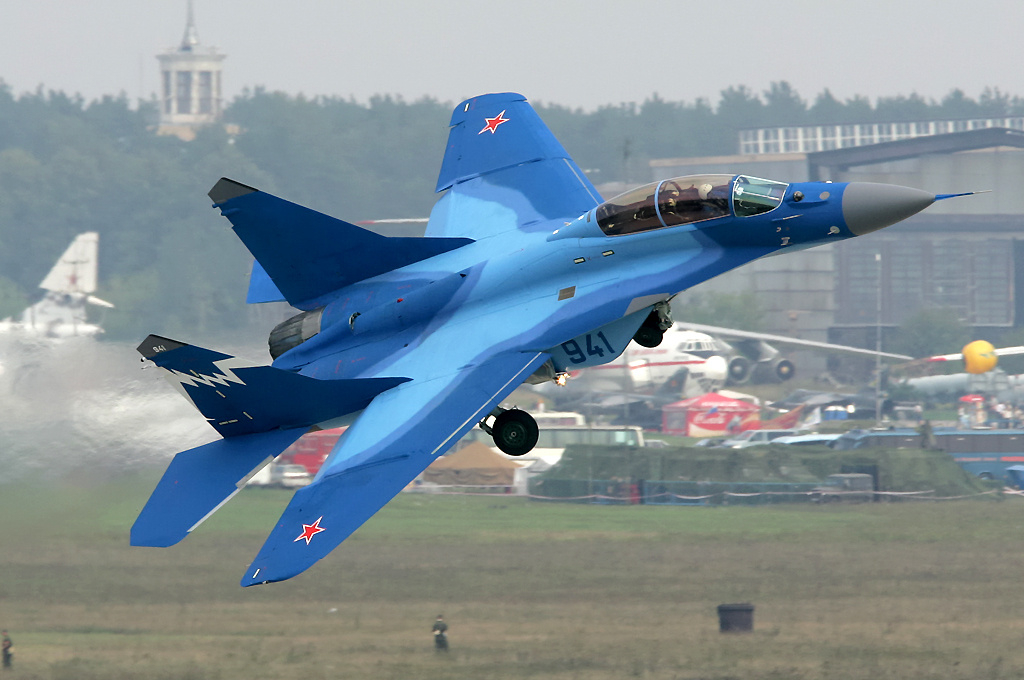
In the 2000s Russia developed an upgraded version of the jet, the MiG-35. However, it wasn’t successful, and just over a dozen were made. Meanwhile, the worldwide fleet of old MiG-29s continues to decline, as many Fulcrums are being retired, while others are being destroyed during international conflicts. Current estimates are that more than 40 have been destroyed in the war in Ukraine.
Major operators today include India with 101, Ukraine with 45 and Uzbekistan with 38. North Korea claims to have 35, but Russia is, of course, the biggest operator. The Air Force has 236 while the Navy has 18, giving Russia the world’s biggest fleet of MiG-29s at 254.
4. McDonnell Douglas F/A-18 Hornet – 827
Developed as a light carrier-based fighter and attack jet for the United States Navy, the F/A-18, also known simply as the F-18, was also exported to Australia, Canada, Spain, and other countries to be used as a regular fighter jet.
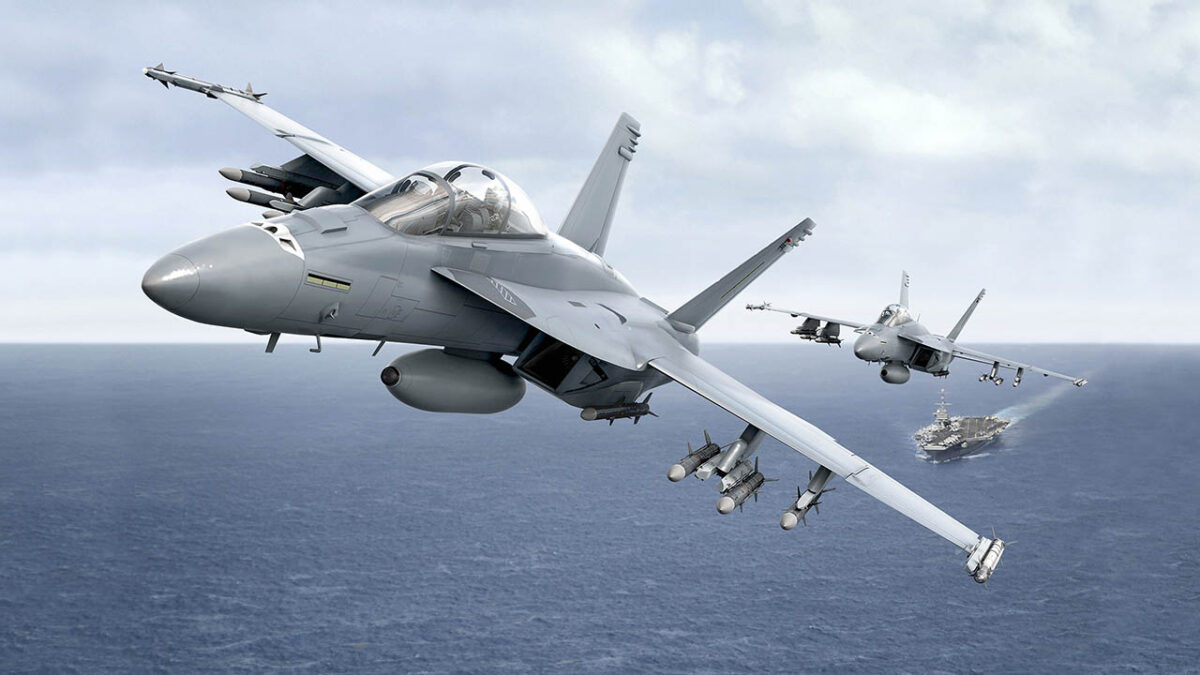
In the 1990s a heavily upgraded version, the F/A-18E/F Super Hornet, was developed and is still in production. Meanwhile, the USN had begun to retire the old A, B, C, and D versions, replacing them with the new variants as those came in. So, although 1,479 Hornets were produced, more than half remain operational.
Today, large fleets are operated by Canada, Finland, Spain, Kuwait and Switzerland, but the largest fleet is still at home in the USA. The US Marine Corps has 137, while the US Navy has 416 for a total fleet size of 553. That’s two-thirds of the world’s operational F-18s.
3. McDonnell Douglas F-15 – 919
Not just one of the most popular, the F-15 is considered the most successful fighter jet ever built. It scored more than 100 victories in air combat while never actually being shot down.
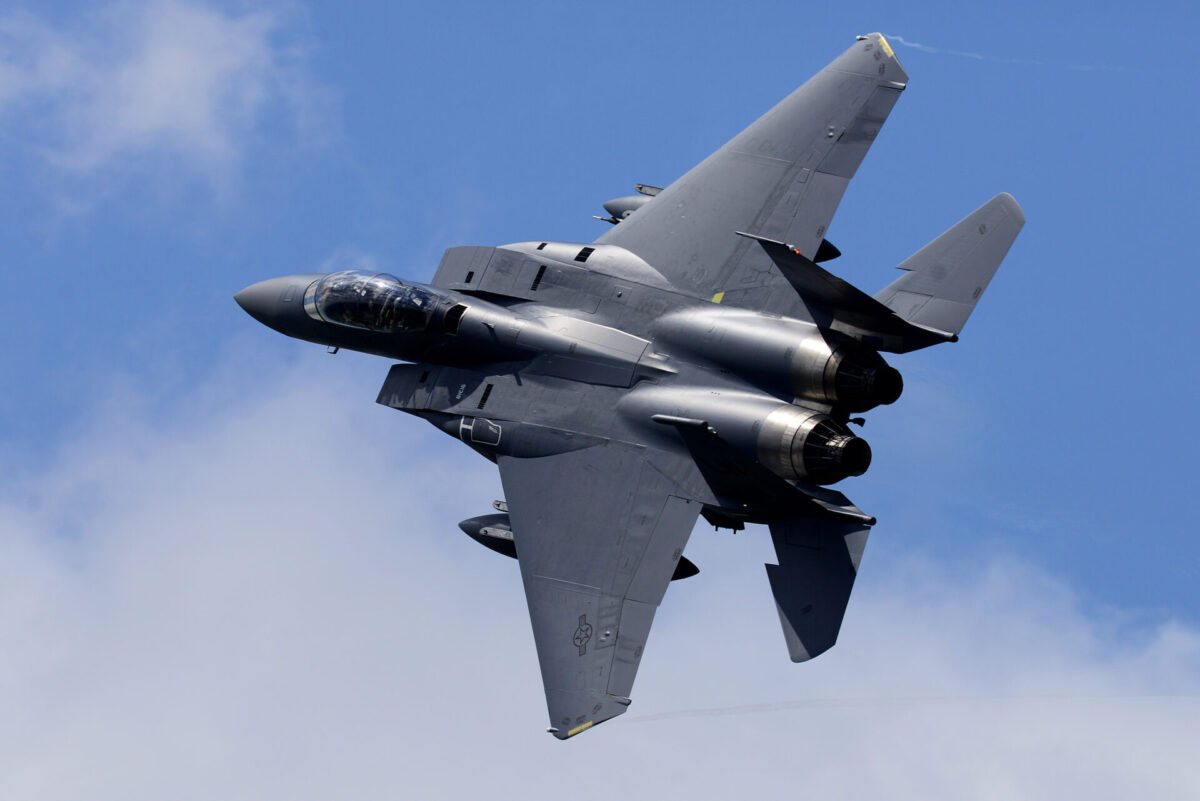
Of the original F-15 (A/B/C/D/J/DJ), 1,198 units were built between 1972 and 1997. Alongside this, the F-15E Strike Eagle was built from 1985 until 2017, with 435 units rolled out. But the F-15 is not done yet, it is still produced as the Boeing F-15EX.
The F-15EX Eagle II, badged as a Boeing plane since the merger with McDonnell Douglas, features advanced avionics, better weapon options, and innovative electronic warfare tools. It’s been ordered by the USA, Japan, Israel, South Korea, Singapore, Qatar and Saudi Arabia.
The first combat-ready F-15EX Eagle II was delivered to the 123rd Fighter Squadron “Redhawks” of the 142nd Wing at Portland Air National Guard Base in Oregon on June 5, 2024, with a second arriving a few weeks later. Boeing is currently producing around 1.5 aircraft per month, but hopes to elevate that to two aircraft a month in 2025.
2. Sukhoi Su-27 family – 1,284
The Sukhoi Su-27 Flanker, developed in the Soviet Union as an answer to the F-15, was extremely popular and successful. It spawned a huge family, with Sukhoi continuing to produce upgraded versions such as the Su-30, the Su-34, and the Su-35, while China developed several home-grown copies such as the Shenyang J-11 and the J-16.
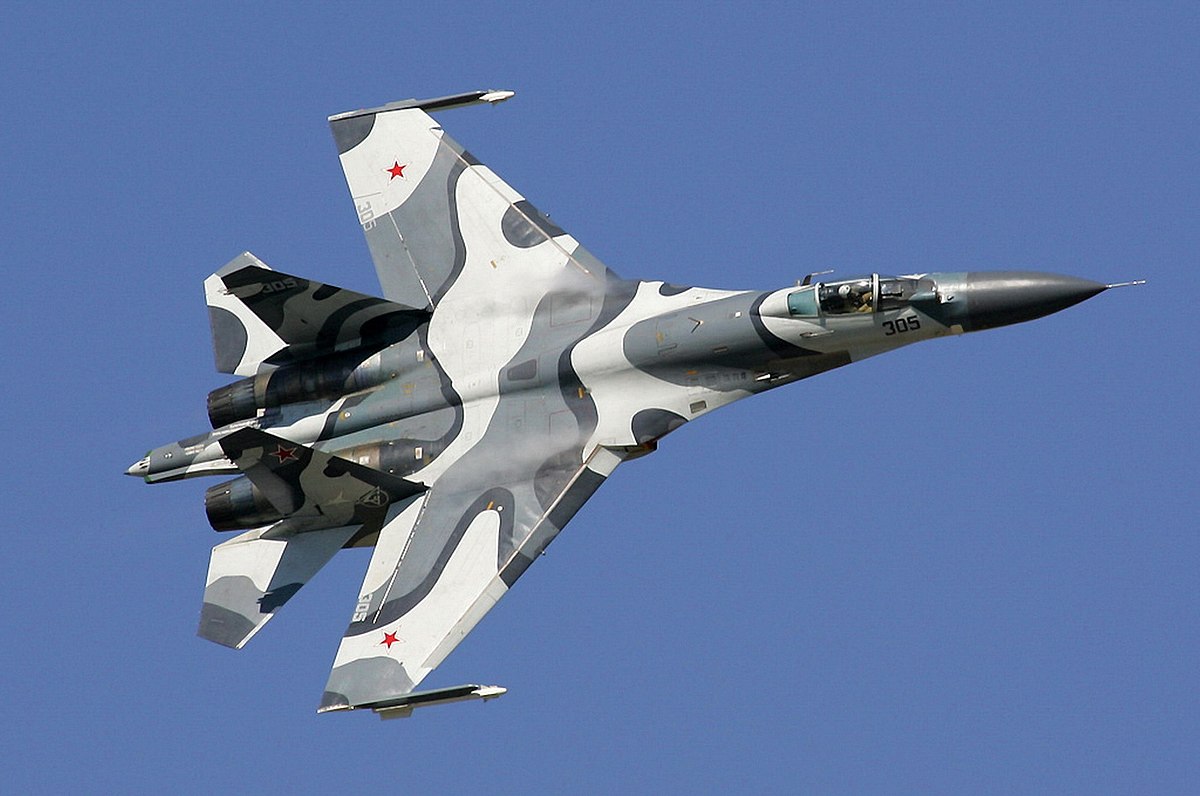
The original Su-27 was built from 1982 to 2010, and 680 were produced. Its sister aircraft, the Su-30, Su-34, and Su-35, are all still being manufactured, with as many as 1,000 units having been produced.
Out of the 1,600 or so aircraft produced, 1,284 remain active and in operation. Russia has the biggest fleet, with 384 in the Air Force and another 43 in the Navy. China has a sizable fleet too, with 319 in total. Many other nations operate this type, including Kazakhstan, Vietnam, and Uzbekistan.
1. General Dynamics F-16 Fighting Falcon – 2,084
Initially developed as a cheaper and lighter counterpart to the F-15, the F-16 Fighting Falcon grew to become one of the most popular and recognizable fighter jets in the world, with more than 4,600 produced to date.
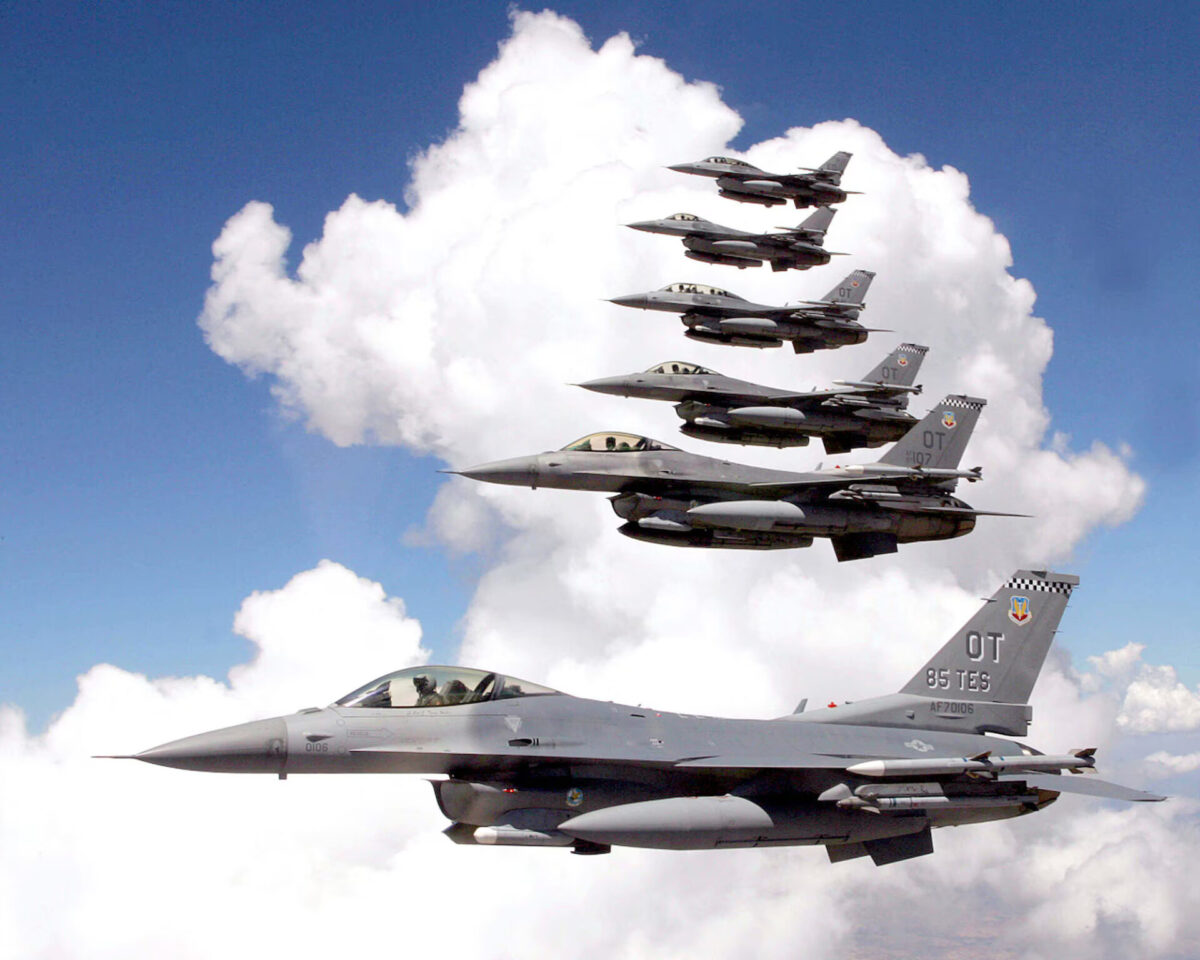
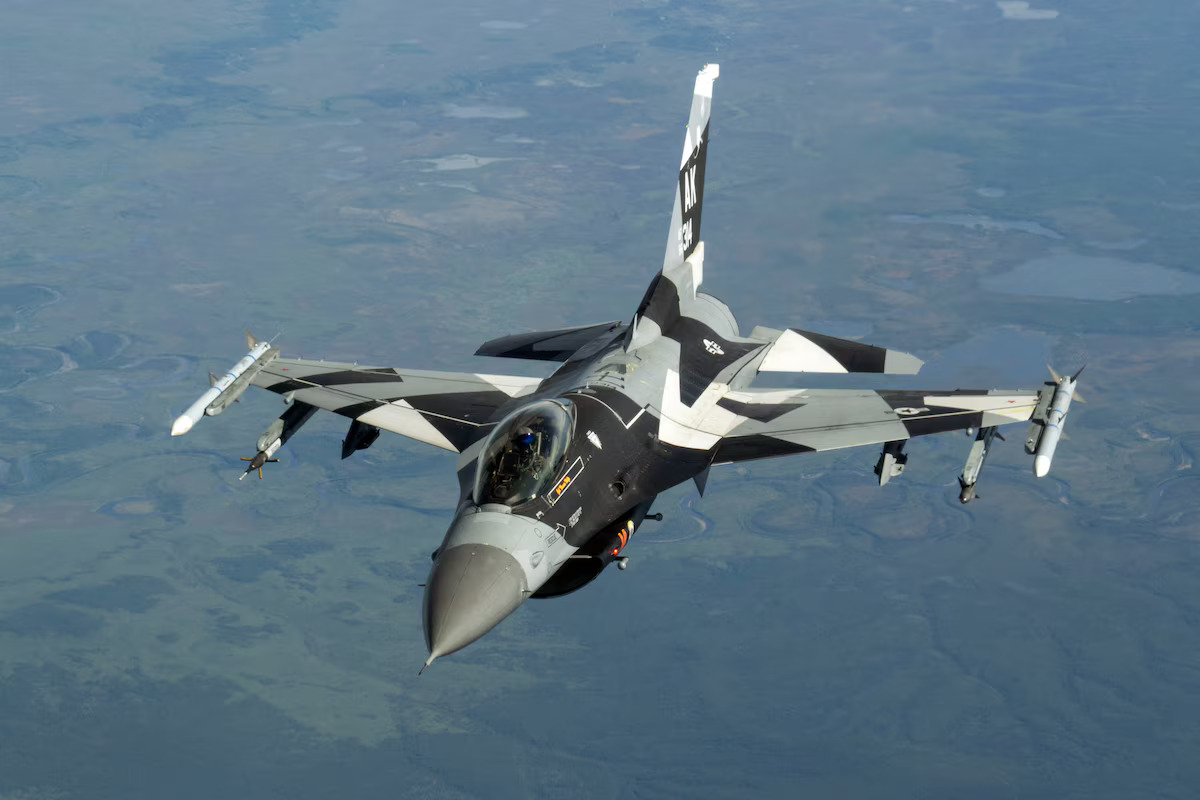
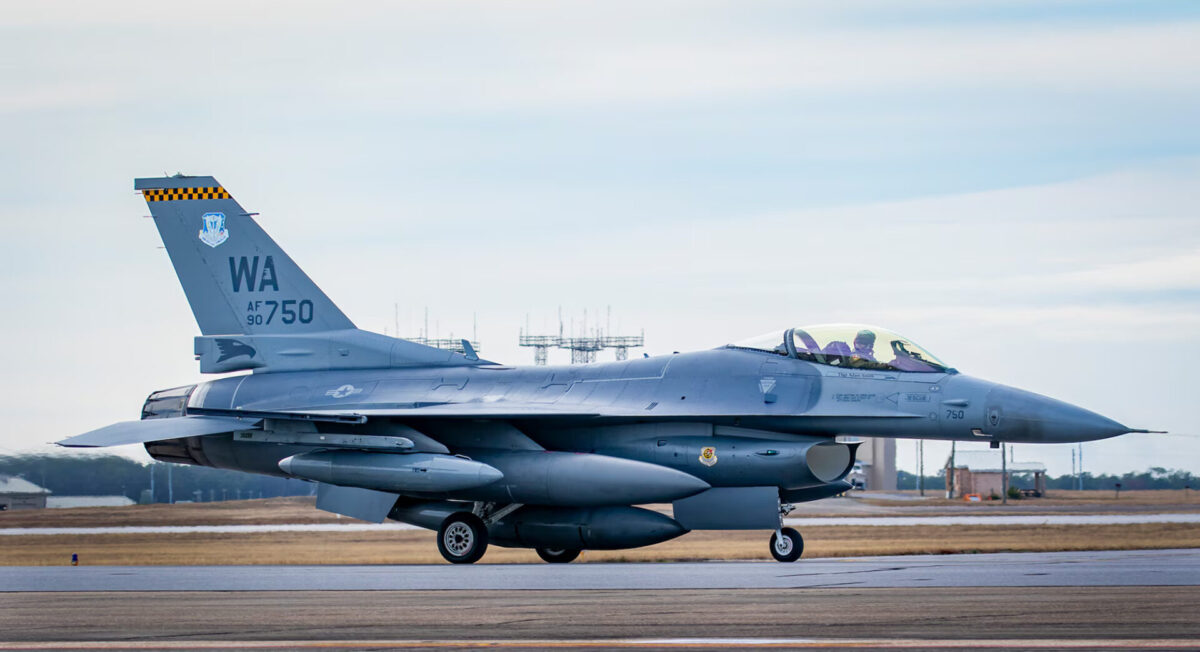
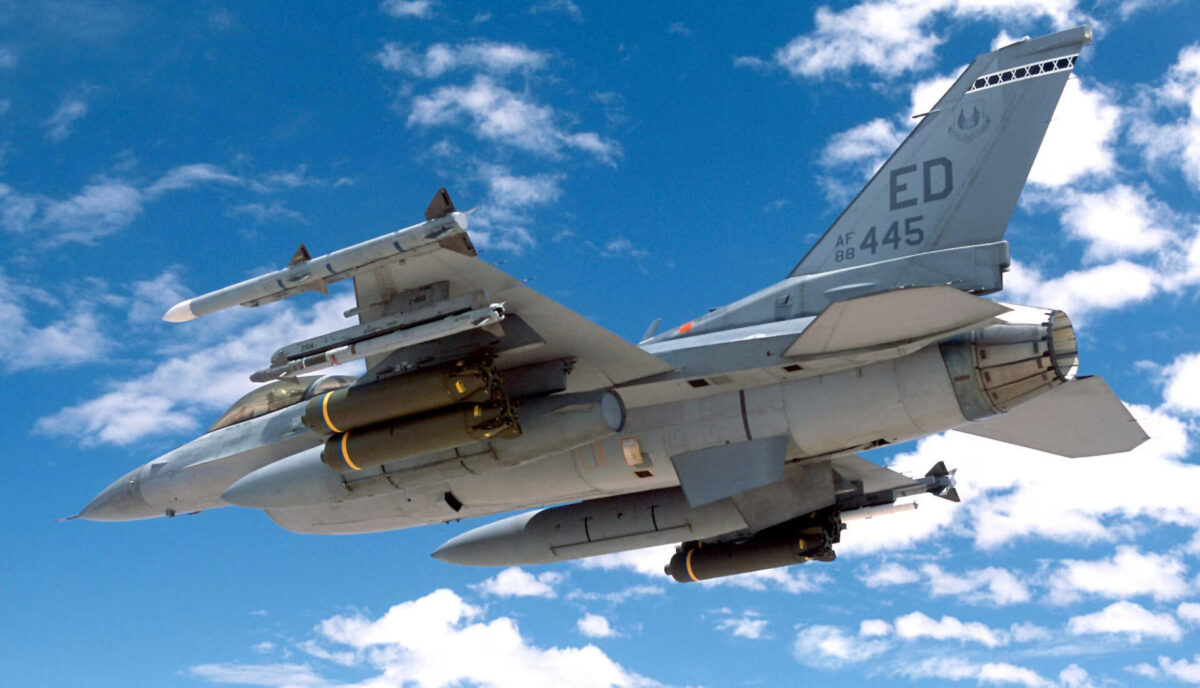
Taking its first flight in 1974, it’s incredible that, 50 years later, the F-16 remains in use by more than 25 air forces worldwide. The USAF operates 708 of the type as combat aircraft and fleets of more than 100 aircraft fly for Egypt, Greece, Israel, Taiwan, Turkey, and South Korea.
As the old F-16s continue to be retired, new and upgraded versions enter production. Additionally, more and more countries keep ordering the aircraft. According to its current manufacturer Lockheed Martin, F-16 production lines are overstrained, the company can’t keep up with the orders, and have been forced to delay some long-awaited deliveries.
A huge number of variants of the F-16 have been produced, with different iterations being specialized, often for a specific customer. Incremental improvements to engines, radars, avionics, and other functions have ensured this 1970s aircraft remains relevant and capable to this day, reflected in the fact it’s the most widely operated fighter jet in 2025.

